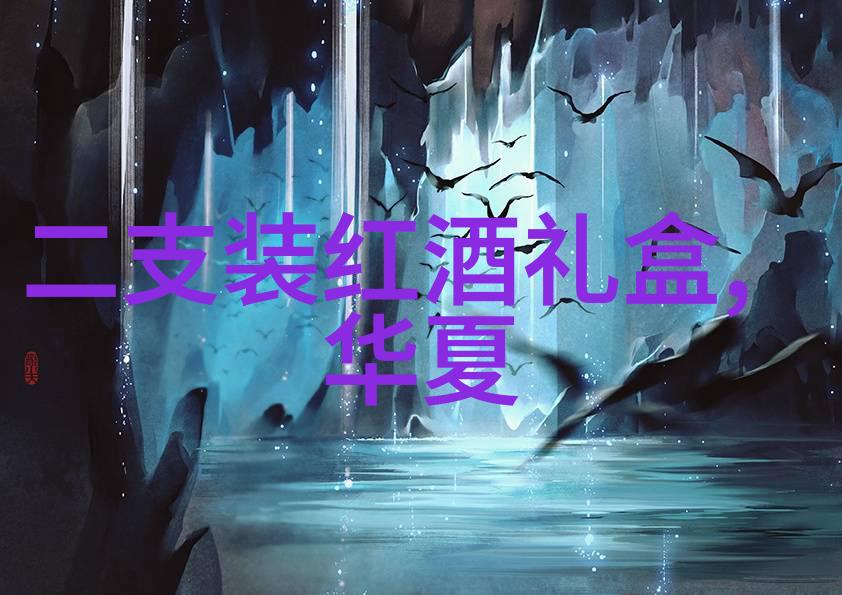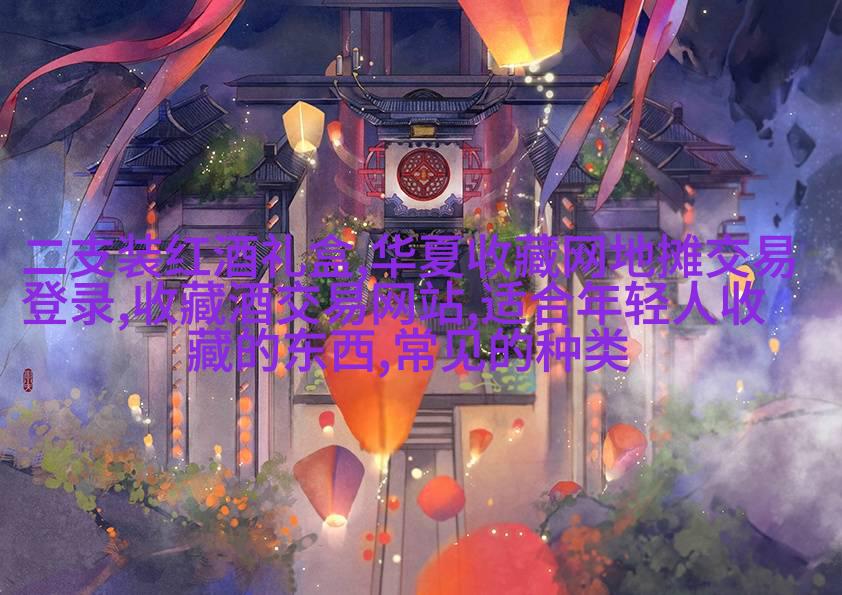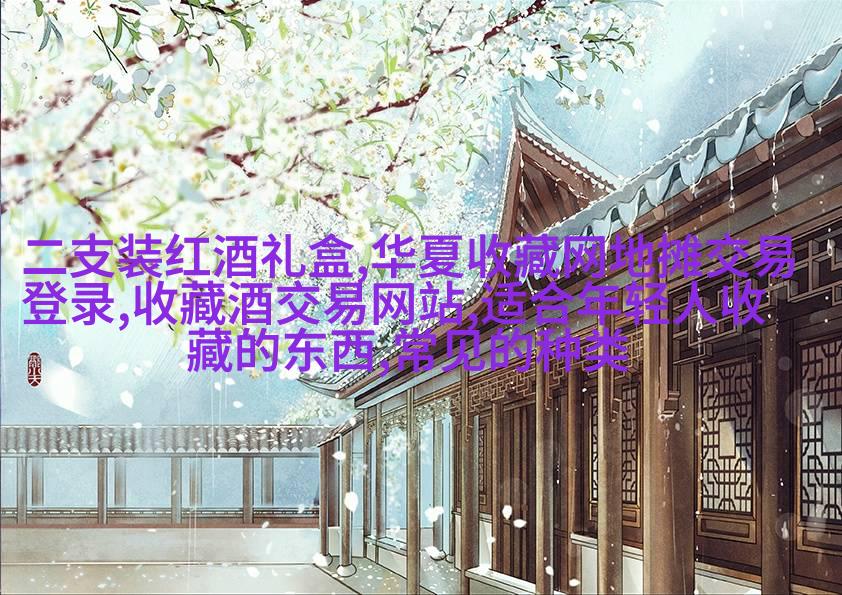随着气候的不断变化,葡萄酒业正面临前所未有的挑战。国家气象局自1901年开始记录温度后,2016年和2020年被认定为历史上最温暖的一年,而过去十年的平均温度也成为有记录以来最高的。这种极端天气不仅导致干旱、潮湿和火灾,还对葡萄种植者和酿酒师构成了巨大压力。

为了应对这些挑战,一些专家正在寻找杂交葡萄作为一种更稳定的选择。这不仅是为了适应新的气候条件,也是出于对环境友好的考虑。Timothy Martinson是一名在康奈尔大学从事葡萄栽培和酿酒学研究的高级推广助理,他还参与了Vitis Gen2项目,这是一个跨机构合作,以确定用于标记遗传标记的亲本。
Martinsson解释说,由于气候变化,主要的问题在于降雨量的变化、温度升高以及疾病压力的增加。他指出西海岸地区由于气温升高而出现水资源限制,加速野火发生;而东海岸和中西部某些地区则因降雨增加加上整体温度升高导致湿度水平提高,“这推动了晚季腐烂。”

他强调,我们需要转向具有不同品种特性的植物,因为一些可持续发展计划的一个关键差异在于我们从高度敏感疾病的植物开始。在管理这些疾病方面存在危险,因为杀菌剂和除草剂会破坏周围生态系统,并威胁处理化学品的人类健康。此外,即使是有机喷雾剂也可能渗入地下。
因此,一些种植者正在寻求其他方法来应对这些情况,他们发现具有抗性质的地产原产物种可以提供一个好机会。例如,有10-15个原产地品种与白粉病、霜霉病或毛霉共同进化,因此它们形成了抗药性。而且,这些抗性的植物还有另一个好处:无需耕作,无需土壤干预,可以通过覆盖作物实现碳排放抵消,但只有当葡萄藤非常适合其生长环境时,这才容易实现。

Niess, a publisher and winemaker at North America Outdoors, is experimenting with growing heirloom grapes on his property in California. He notes that the native Pais grape has already naturalized in the region and possesses some drought tolerance. "If you can get extra benefits of drought resistance and disease resistance without spraying," he asks, "then why isn't this talked about more in an industry that prides itself on terroir conditions and sustainability?"
Some of the promising new hybrid grapes for California include Brilliant, Catawba, Herbemont, Traminette, Villard Blanc, La Crosse, Nitodal. In the Midwest, where water abundance poses its own set of challenges—too much rain leading to mold—the focus is more on drought tolerance than disease resistance.

For Erin Larsen-Musser—a winemaker who grew up in Wisconsin and founded a wine project there after working in Napa Valley and New Zealand—the challenge lies not just with climate change but also with unpredictable weather patterns. She uses her experience growing grapes under cold climates to create wines from Iowa's cornfields.
"Older varieties like Maréchal Foch are exciting," she says. "They're being rediscovered." Camila Carrillo-Camilo's Vermont-based La Montañuela focuses on using dried grapes for oxidative wines; she points out that 2020 was dry while 2021 saw heavy rainfall affecting yields.

As we face these challenges head-on—and look toward a future where our taste buds can savor not only the flavors of old-world Europe but also those born from new-world hybrids—we must remember: it's not just about finding resilience or adaptability; it's about honoring tradition while embracing innovation—a delicate balance between preserving heritage vines and cultivating sustainable practices within an ever-changing world.





